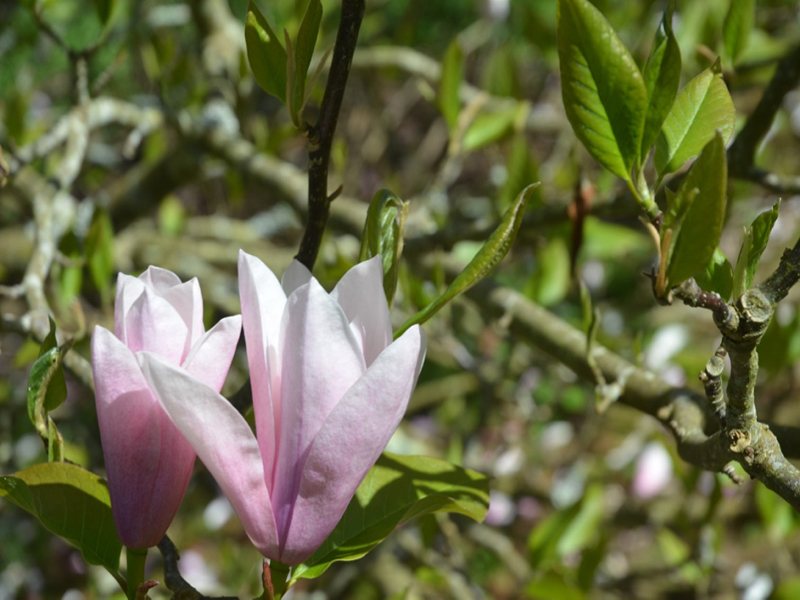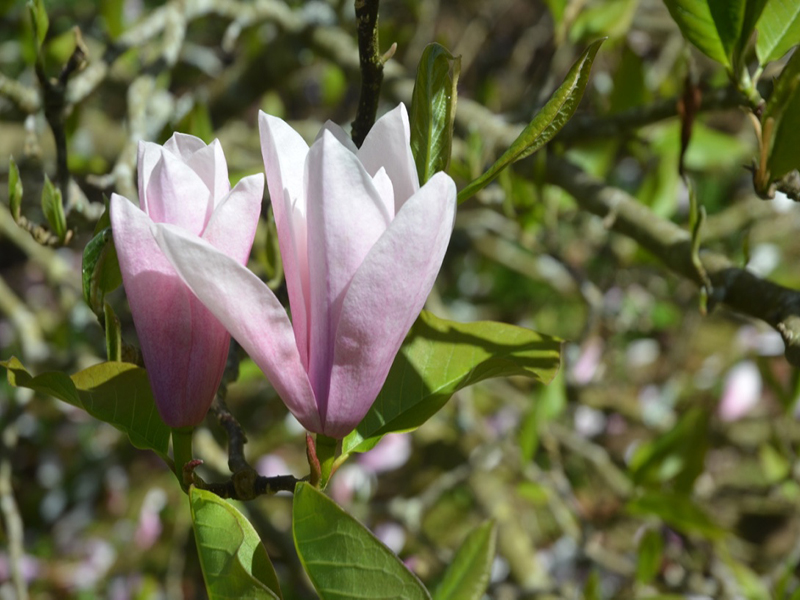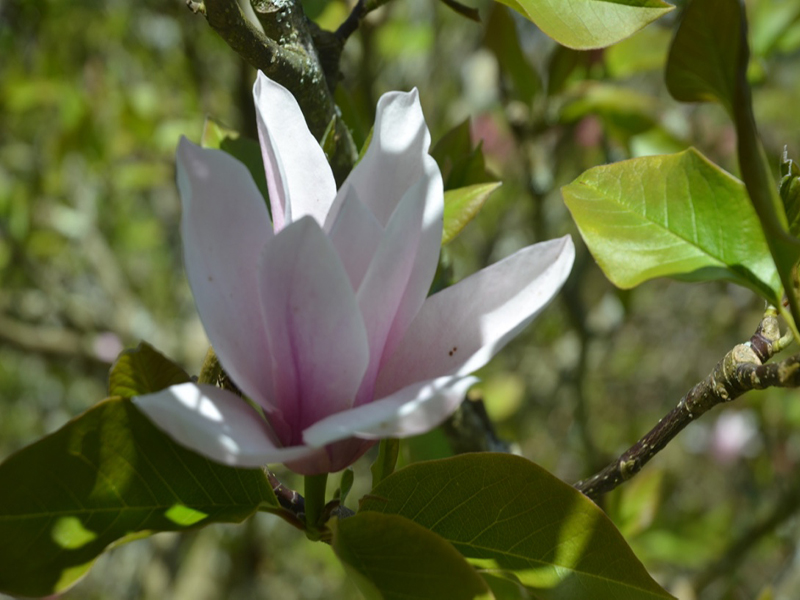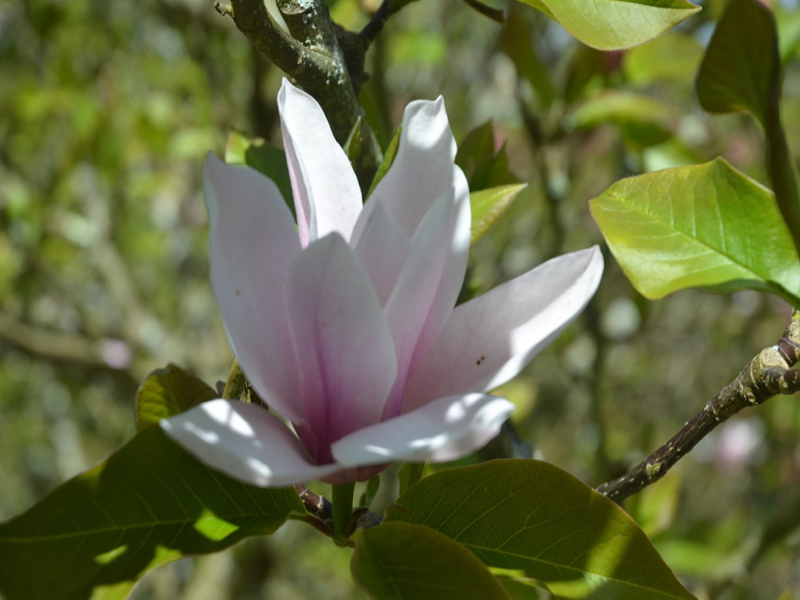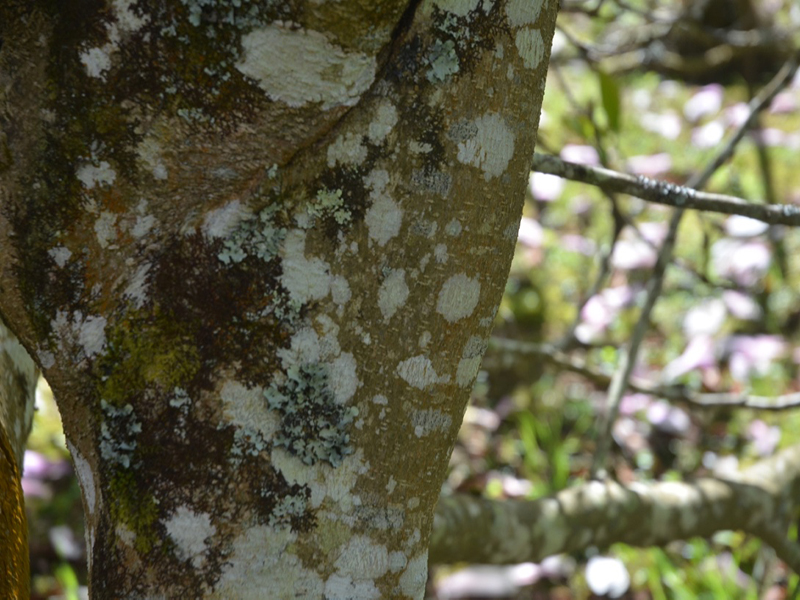
Woody > Magnolia > Magnolia 'Spectrum'
Magnolia
'Spectrum'
Origin: Spectrum is a magnolia hybrid from 1963. It was bred by W.Kosar from the US National Arboretum as a cross between Magnolia liliiflora 'Nigra' and Magnolia sprengeri ‘Diva’.
| Family |
| Magnoliaceae |
| Genus |
| Magnolia |
| Cultivar |
| 'Spectrum' |
| Category |
| Woody |
| Type |
| Shrub (deciduous) |
| USDA Hardiness Zone |
| 4 - 9 |
| Canadian Hardiness Zone |
| 5 - 8 |
| RHS Hardiness Zone |
| H6 |
| Temperature (°C) |
| -30 |
| Temperature (°F) |
| -20 |
| Height |
| 6-8 m |
| Spread |
| 4-8 m |
Photographs
Description and Growing Information
Flowering Period
| Landscape |
| Popular as a landscape feature when in bloom but otherwise having the character of a small tree and thus suitable for landscapes with limited space. Structural pruning will enhance the form and help to produce a more open specimen. |
| Cultivation |
| Grow in moist, well-drained, preferably acidic to neutral soil in sun or partial shade. |
| Shape |
| Symmetrical, like a cone with rounded base. |
| Growth |
| Medium |
| Pests |
| acterial leaf spot, spot anthracnose, canker, dieback, butt rot, powdery mildew, anthracnose, fungal spots, weevils, snails, scale insects, thrips, planthoppers. |
| Leaf Description |
| Large, deep green, ovate, deciduous. |
| Flower Description |
| Fragrant flowers that are rich purple pink outside and almost white inside. |
| Notable Specimens |
| Caerhays Castle, Goran, Cornwall, United Kingdom. |
| Propagation |
| By softwood cuttings in spring or early summer, or semi-ripe cuttings in late summer and autumn. |

